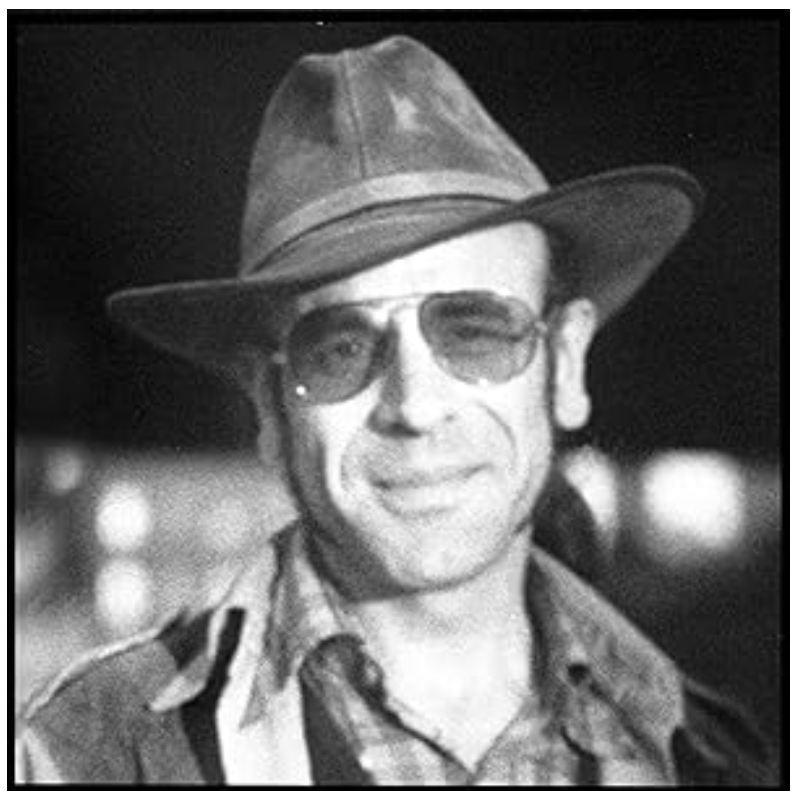Category: Printing Processes
-
Joseph Papin – Photostats
Joseph Papin had a quite a few photostats of his drawings. He often had both a “white lines on black background” version of the drawing, as well as the more familiar “black lines on white background” version. These photostats are of his earlier work from 1957 through the 1960s, with at least a couple in…
-
Four Color Separations
These are proof pages of four-color separations from the printer of the May 7, 1966 cover of Business Week that Joseph Papin illustrated. It was rolled up in the back of a cabinet with three other of his Business Week covers. This one is my favorite because of all the color and how interesting the…
-
Linotype and Ludlow – Casting Lead Type
I found an interesting chart that differentiates the different types of metal compositions using lead in producing type for printing: “While often referred to as ‘lead type,’ type is, in fact, a variable alloy of 54-86% lead, 11-28% antimony and 3-18% tin. Antimony hardens the metal. Tin toughens the metal, counteracting the brittleness of antimony,…
-
Linotype
The following drawing of a Linotype machine by Joseph Papin was done for the August 1958 issue of Harper’s Magazine on the New York Times. The New York Times stopped using their Linotypes in 1978 and switched to using computers; the Daily News got rid of their Linotypes in 1979, ending almost 100 years of…
-
Joseph Papin Daily News Zinc Printing Plates
The last post showed photoengraved zinc printing plates mounted on wood. They were from 1967 and were printed as relief (also known as letterpress) prints, i.e., the words and lines of the drawing are higher than the plate itself. Some of the plates were also unmounted zinc plates, and later, magnesium printing plates: For example,…
-
The Process of Producing Photoengraved Printing Plates
Joe Papin, April 7, 1980, New York Daily News In order to explain the printing plates, I have researched the process and history of printing from the late 1950s to the early 1990s, a time period of enormous change. Just as the specter of cameras in the courtroom informs the story of courtroom art, the…
-
Joseph Papin Printing Plates
The 50s to the 90s were marked by a revolution in printing – from “hot type” using molten lead and photoengraving to “cold type” using computers. I found a box of printing plates of some of my father’s drawings in his studio and was intrigued with learning how they were used. The printing plate below…
-
Daily News Newspoint Rotogravure Printing
These drawings are three of about a dozen done by Joseph Papin depicting various operations at the Daily News Newspoint printing facility. Newspoint was in operation from 1972-1982 – an astonishingly short time. I wasn’t completely certain of what type of printing Newspoint did until I found the following section of an article by Peter…
